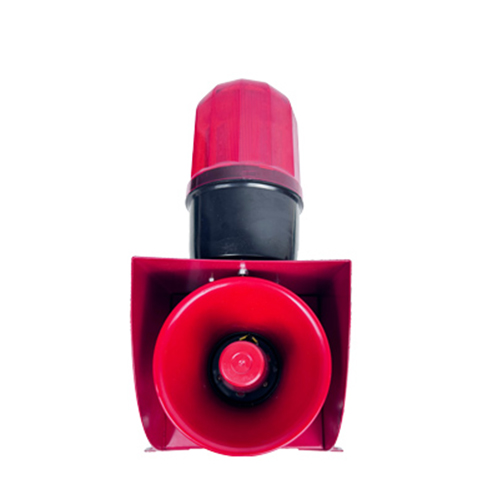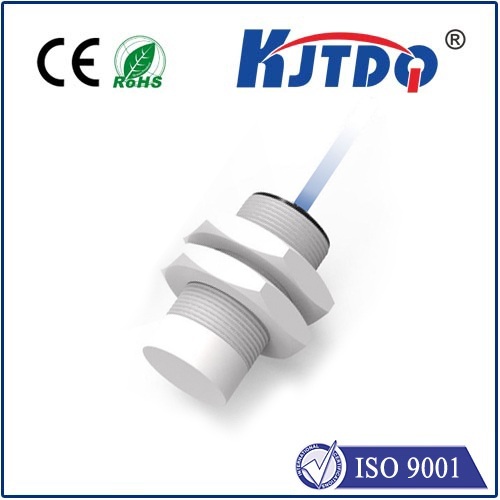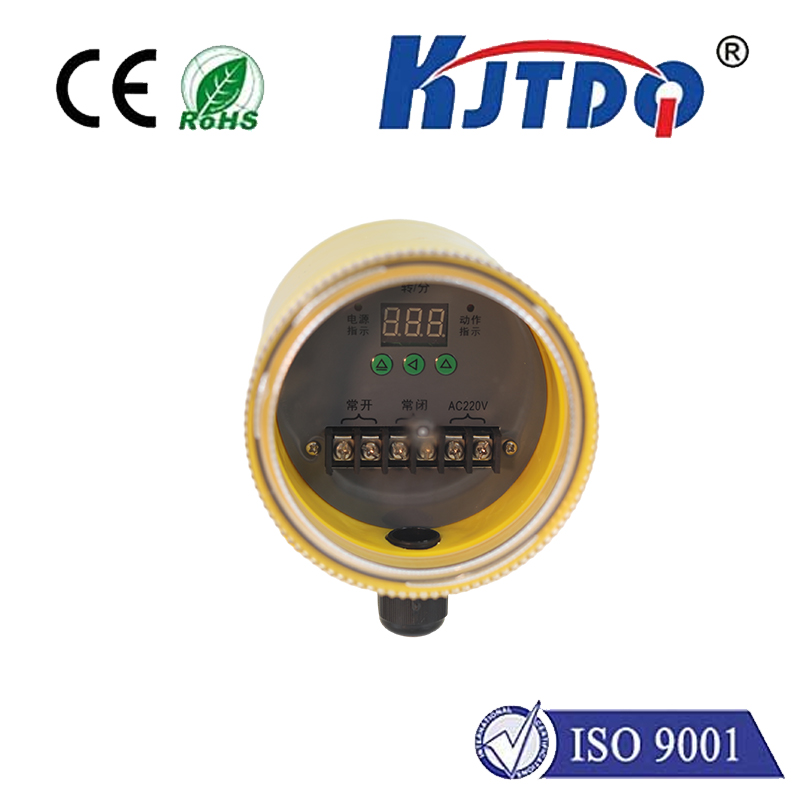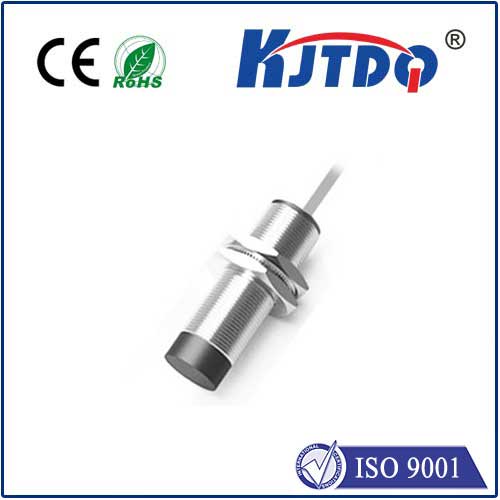proximity sensor 18mm 12v
- time:2025-09-09 04:41:48
- Нажмите:0
The Essential Role of 18mm 12V Proximity Sensors in Modern Automation
Imagine a robotic arm smoothly placing components on a circuit board, a conveyor belt starting precisely as an object approaches, or a safety gate reliably preventing machine operation while open. Behind these seemingly simple actions often stands a silent sentinel: the датчик приближения. Specifically, the industrially ubiquitous 18mm 12V proximity sensor is a powerhouse of versatility and reliability that underpins countless automated processes. Its unique combination of compact size and standard operating voltage makes it an indispensable component across diverse manufacturing and machinery applications.
Understanding the Proximity Sensor: Non-Contact Detection at its Core
Before diving into the specifics of the 18mm 12V variant, let’s recap the fundamental principle. A proximity sensor detects the presence or absence of an object without physical contact. This is typically achieved through generating an electromagnetic field (in inductive sensors, the most common type for metals) or by emitting and receiving light or infrared beams (in photoelectric sensors). Inductive proximity sensors, the primary focus for the metal-sensing 18mm 12V models, excel in harsh industrial environments. They are immune to dust, oil, vibration, and moisture, making them incredibly robust and low-maintenance. Their core function is simple: detect a metal target within their sensing range and send an electrical signal, usually switching a load on or off.

Why 18mm Diameter? The Sweet Spot of Size and Performance
The 18mm diameter specification is far from arbitrary; it represents a highly optimized balance:
- Space Efficiency: In densely packed machinery, control panels, or robotic cells, every millimeter counts. The 18mm form factor provides a compelling blend of robust performance and minimal spatial footprint. It offers significantly more sensing range and often better environmental protection (like IP67 ratings) than miniature (e.g., M8/M12) sensors, while being considerably smaller and lighter than large barrel (e.g., 30mm) sensors.
- Robustness & Sensing Range: Despite its moderate size, the 18mm diameter allows for a larger coil and sensing face compared to miniature sensors. This translates directly into increased sensing distances – typically ranging from 2mm to 8mm, depending on the specific sensor type (shielded or unshielded) and target material. The larger housing also inherently provides greater mechanical strength and resilience against physical shocks or vibrations common on factory floors.
- Mounting Versatility: The standardized 18mm cylindrical threaded barrel is a cornerstone of industrial design. It facilitates easy and secure installation using readily available M18 nuts. This universal mounting standard simplifies integration and replacement across a vast array of machinery and fixtures.
The Pervasive Advantage of 12V DC Operation
The 12V DC operating voltage is arguably just as critical as the physical size:
- Ubiquitous Compatibility: 12V DC is one of the most common control voltages found in industrial automation systems, mobile equipment, vehicles, and smaller machinery. Choosing a 12V proximity sensor ensures seamless integration into existing control panels or power supplies designed around this standard. It eliminates the need for additional voltage conversion circuitry in countless applications.
- Safety & Efficiency: Compared to higher operational voltages like 24V or 120V AC/DC, 12V DC presents a significantly lower safety risk in terms of electrical shock. While safety practices are always paramount, 12V offers a margin of inherent safety suitable for many environments. Additionally, modern 12V proximity sensors are highly power-efficient, consuming minimal current.
- Output Flexibility: 12V proximity sensors are commonly available with both PNP (normally open or normally closed) and НС transistor output configurations. This allows them to interface directly with a wide range of PLCs (Programmable Logic Controllers), microcontrollers, relays, or other control devices configured for sinking (NPN) or sourcing (PNP) input signals.
Key Applications Leveraging 18mm 12V Proximity Sensors
The combination of compact 18mm form factor and universal 12V DC power opens doors to a vast landscape of uses:
- Position Sensing: Verifying the presence/position of pistons in cylinders, detecting end-of-travel on slides or actuators, confirming part placement in fixtures. (The 18mm size fits perfectly into cylinder mounts or alongside linear guides.)
- Counting & Object Detection: Monitoring items on conveyors, tracking component feeding in assembly machines, detecting bottles or containers on filling lines. (Their reliability is critical for accurate counts.)
- Safety Interlocks: Ensuring machine guards are closed before operation initiates, confirming access doors are secured. (Non-contact detection is vital for safety.)
- Level Control: Detecting minimum/maximum levels of metal bins or chutes (when used with a target).
- Mobile Equipment & Automotive: Widely used in material handling vehicles, agricultural machinery, and automotive manufacturing lines due to 12V battery compatibility and ruggedness.
- Consumer Product Manufacturing: Essential in assembly and packaging lines for appliances, electronics, and other goods.
- Food & Beverage (Stainless Steel variants): 18mm 12V IP67/IP69K rated sensors made from food-grade stainless steel are vital for hygiene-critical areas, detecting metal components or tools reliably despite washdowns.
Selecting the Right 18mm 12V Proximity Sensor
Not all 18mm 12V proximity sensors are identical. Key selection criteria include:
- Sensing Range: Choose based on the required distance to the target.
- Shielded vs. Unshielded:
- Shielded (Flush Mountable): Can be embedded in metal without affecting performance. Sensing range is shorter.
- Unshielded (Non-Flush): Offers a longer sensing range but must protrude from the mounting surface and cannot be flush-mounted into metal.
- Output Type: ПНП (sourcing) or НС (sinking)? Specify NO (Normally Open) or NC (Normally Closed) contacts based on your control logic. Ensure compatibility with your PLC or controller input.
- Housing Material: Brass nickel-plated is common; stainless steel is essential for corrosive, washdown, or food-grade environments.
- IP Rating: For demanding environments (dust, moisture, water jets), look for IP67 (dustproof and waterproof immersion to 1m) or IP69K (protection against high-pressure, high-temperature washdowns).
- Connection Type: Pre-wired cables or quick-disconnect (M12 connector) options? Choose based on maintenance and installation needs.
- Target Material: Inductive sensors primarily detect ferrous metals (iron, steel). Detection range reduces significantly for non-ferrous metals (aluminum, brass, copper). Verify the sensor’s spec sheet for its rated range with your specific target material.
From the intricate dance of robotic assembly lines to the robust operation of heavy machinery and the hygienic demands of food processing, the 18mm 12V proximity sensor proves its worth time and again. Its intelligent blend of compact design (18mm diameter), universal compatibility (12V DC voltage), robust construction, and reliable non-contact detection cements its status as a fundamental building block of modern industrial automation. When precision, reliability, and space efficiency matter, this sensor variant consistently delivers, silently orchestrating the seamless flow of countless automated processes worldwide.










